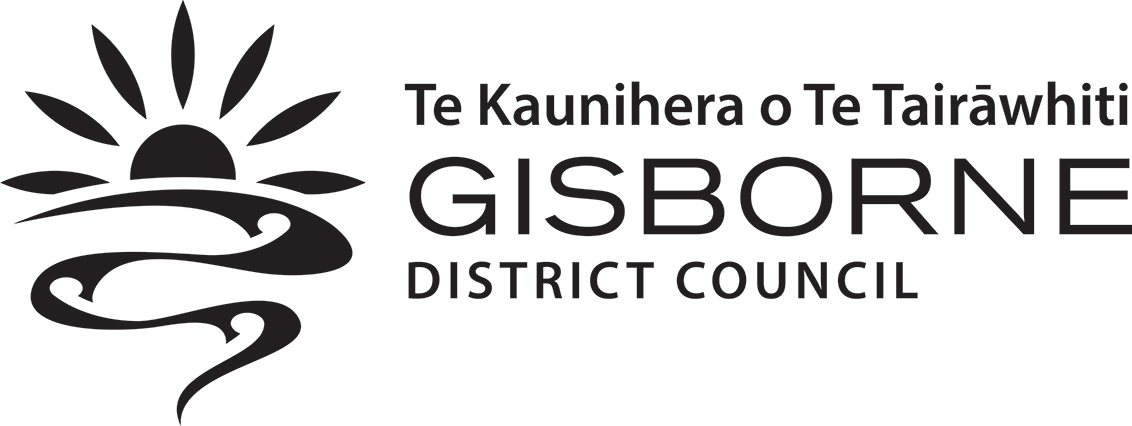We want everyone to be safe out on the water. Wearing a lifejacket, taking 2 waterproof forms of communication and checking and understanding the marine weather forecast is essential to safe boating.
Be safe out on the water

Here's your checklist
Check the marine forecast
Take 2 waterproof ways to call for help
Lifejackets on - everyone, that's the skipper too
No alcohol - alcohol and water don't mix
Be a responsible skipper - know the rules, conditions and bylaws
Marine VHF radio channels
Gisborne Coastguard - Channels 3 and 5
Working channel Maritime Radio - Channels 67, 68, 69, 71
Distress - Channel 16
Boating information
Who gives way? diver down, it takes 3 to ski, can you be seen? - for all this information, download Safety at Sea PDF, 1267.66 KB
What else you should know
Make sure you read and are familiar with the Tairāwhiti Navigation Safety Bylaw 2024, including the changes
Tairāwhiti Navigation Safety Bylaw 2024
The bylaw includes 11 key changes designed to enhance the safety of all users on the water within our district, those changes include:
Lifejackets - required to be worn on any vessel, under 6m in length, that's underway. For types of lifejackets, see Maritime NZ's website
Boat names or numbers - all vessels over 4 metres require a name or number.
Communication - vessels are required to carry at least 2 operations means of communication.
Swimmers 200 metres from shore - any person swimming in navigable waters more than 200 metres from shore must tow a bright-coloured safety float or swim buoy or must wear a brightly coloured swim cap, unless accompanied by a support vessel.
Craypot exclusion area - see the map in the bylaw
District wide - the bylaw covers the navigable waters in our whole district, see map in bylaw.
Prohibits discharging cargo into navigable waters - enables Council to recover costs with an infringement fine.
Safety requirements for oil transfer - requires oil spill contingency plan and notifying council when undertaking oil transfers.
Revokes the Waiapu River speed limit
